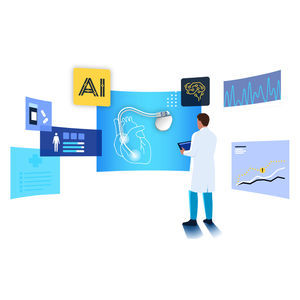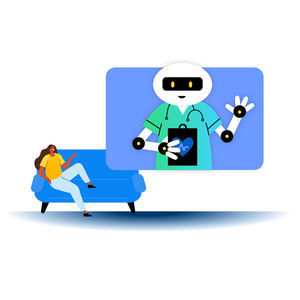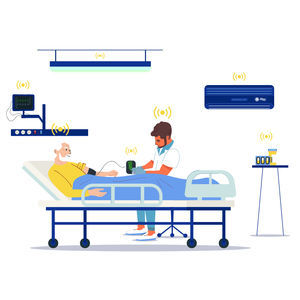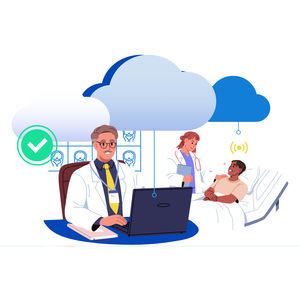
- Products
- Catalogs
- News & Trends
- Exhibitions
Training software managementvisualizationeducation
Add to favorites
Compare this product
fo_shop_gate_exact_title
Characteristics
- Function
- management, visualization, training, education
- Applications
- medical, surgery, rehabilitation
- Type
- 3D, virtual reality, VR
Description
Virtual Reality solutions allow both healthcare professionals and patients interact with simulated environments tailored for medical education (including simulative surgery training), pain management or rehabilitation. In 2022, the global healthcare VR market was estimated $628 million. It is projected to grow at an average CAGR of 38.7% and reach $6.2 billion by 2029.
VR Adoption in Healthcare
According to the Goldman Sachs Global Investment Research, healthcare is among the top 3 industries that will remain leading adopters of VR technology up to 2025.
82% of healthcare professionals agree that virtual reality creates a convenient way of accessing and learning information for medical students and practicing healthcare professionals, Accenture says. The agency also reports that 62% of patients would welcome virtual reality healthcare services as an alternative to traditional healthcare.
The key drivers of the growing VR adoption in healthcare are:
Extreme demand for quality healthcare services.
Need to reduce healthcare costs.
Increased role of connected devices in the healthcare sector.
VR Software Architecture
The architecture of VR applications in healthcare depends on their use in the industry. However, the general architecture always includes 3 main components: a client VR application (with a VR visualization module), a database (with 3D models, scenarios, and users), and a web administration panel that grants access to and control of both the app and the database.
Related Searches
- Analysis medical software
- Radiology software
- Viewer software
- Control software
- Scheduling software
- Monitoring software
- Diagnostic medical software
- Hospital software
- Online software
- Treatment software
- Tracking software
- AI software
- Artificial intelligence software
- Surgical software
- Education software
- Web-based software
- Data analysis software
- Cardiac software
- Image analysis software
- EHR software
*Prices are pre-tax. They exclude delivery charges and customs duties and do not include additional charges for installation or activation options. Prices are indicative only and may vary by country, with changes to the cost of raw materials and exchange rates.












